These 12 Eerie Photos Were Taken Moments After High-Profile Assassinations (Warning: Gore And Death)
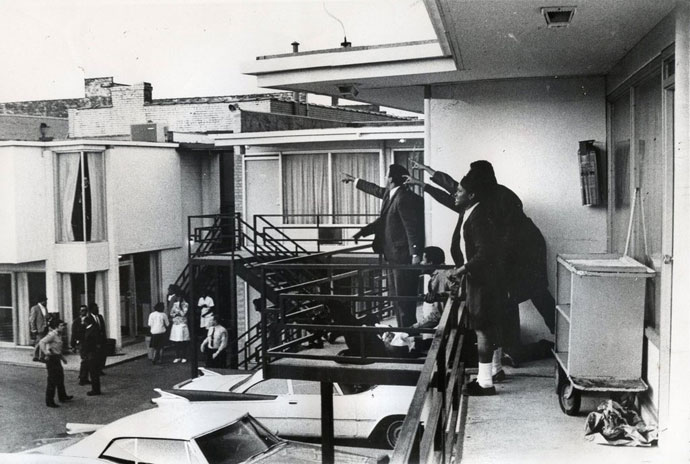
via imgur
Some moments in history seem to last forever. The moment of an assassination is hectic and confusing, and the details of which are often revisited for decades. In the moment, time may seem to stand still even while the world moves quickly. These 12 photos propel you into the confusing and slow-motion scenes seconds after famous assassinations.
Martin Luther King, Jr. was shot at Lorraine Motel in Memphis, Tenn. on April 4, 1968. He was pronounced dead at the hospital that same evening. James Earl Ray pled guilty to the murder and unsuccessfully attempted to revoke the plea later.

via imgur
Lee Harvey Oswald is blamed for the assassination of President John F. Kennedy and was taken into custody the same day of the president’s murder, Nov. 22, 1963. Two days later, while being transferred to county jail, Oswald himself was shot point blank and assassinated by Jack Ruby.
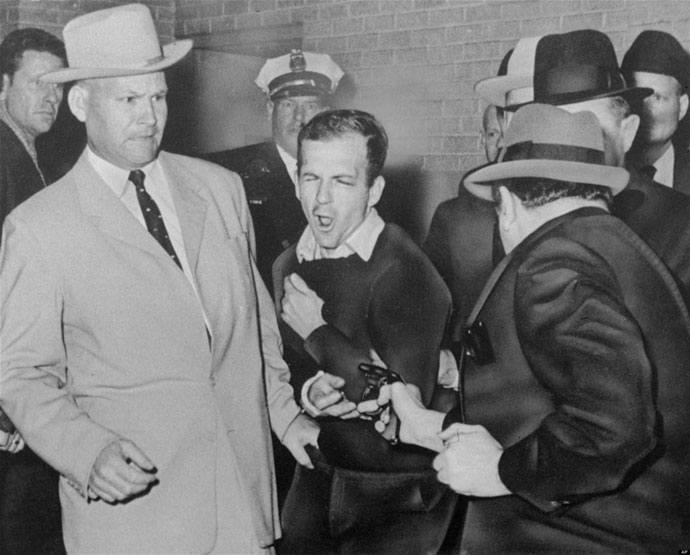
via imgur
Malcolm X, also known as Malcolm Little or El-Hajj Malik El-Shabazz, was a human rights activist known for fighting for African Americans’ rights. He was assassinated Feb. 21, 1965 by three Nation of Islam members shortly after repudiating the group.
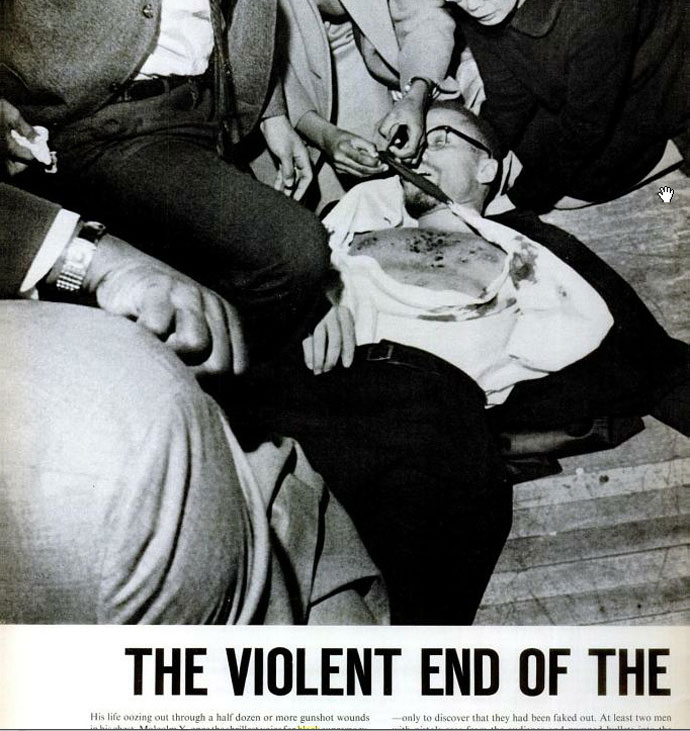
via imgur
President John F. Kennedy was shot and killed on Nov. 22, 1963 by a sniper believed to be Lee Harvey Oswald. The assassination took place in Dealey Plaza in Dallas during a presidential visit.
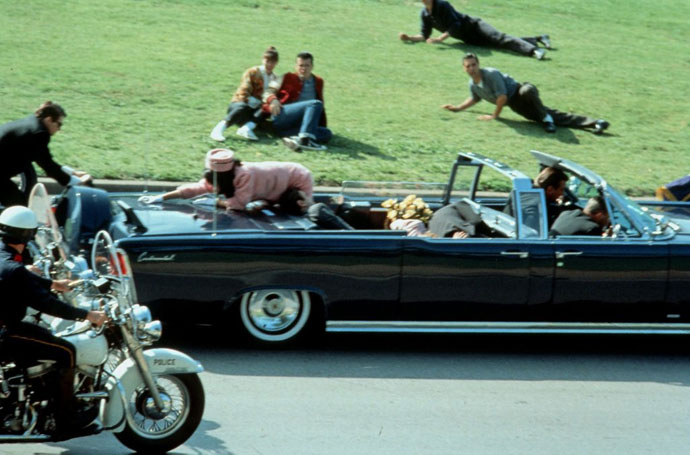
via imgur
Senator Robert F. Kennedy was assassinated less than five years after his brother, on June 5, 1968, while campaigning for president. Sirhan Sirhan, then 24 years old, was convicted of the murder and is currently serving life in prison.
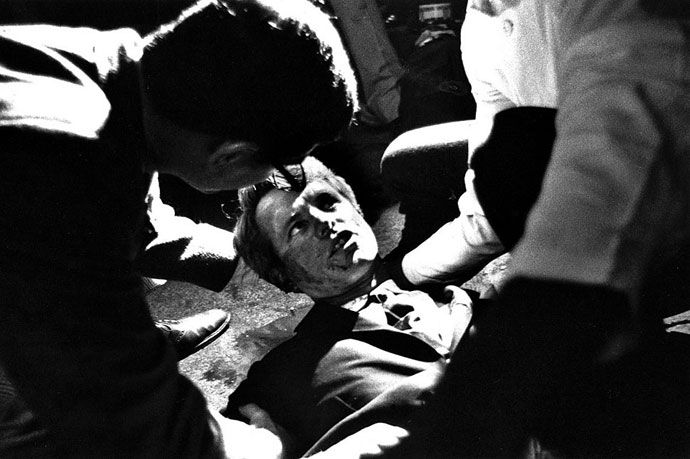
via imgur
George Lincoln Rockwell was the founder of the American Nazi Party. He was shot on Aug. 25, 1967 and died in two minutes. His murderer is believed to be a former member of the American Nazi Party.
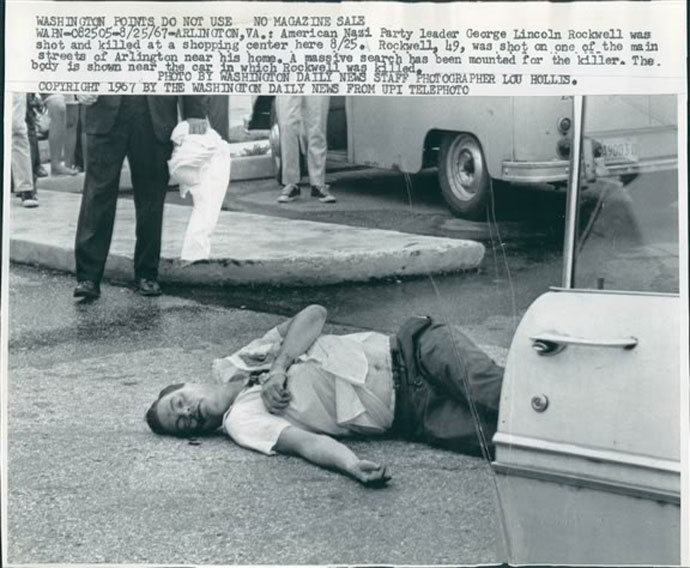
via imgur
Anwar Sadat, the president of Egypt, was killed on Oct. 6, 1981 during the annual victory parade held in Cairo. The assassination was traced back to members of the Egyptian Islamic Jihad after authorities discovered a fatwa approving the murder.
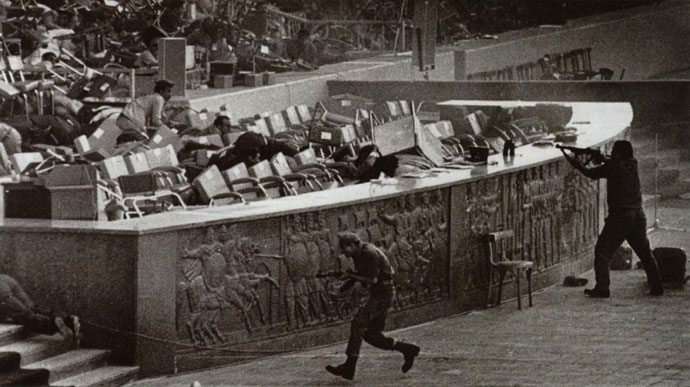
via imgur
Benazir Bhutto was murdered more than a decade after she left her post as Prime Minister of Pakistan. She was campaigning for another round of elections and held a political rally on Dec. 27, 2007. There, shots were fired and a suicide bomb was detonated. Bhutto was one of 25 people killed in the bombing. She had survived an attempt on her life two months earlier that killed at least 139 other people.
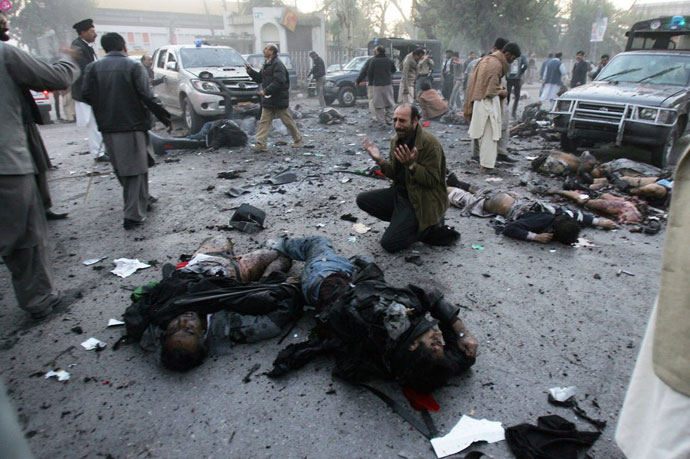
via imgur
Inejiro Asanuma was a Japanese politician and the leader of the Japan Socialist Party. Extremist nationalist Otoya Yamaguchi killed the politician on Oct. 12, 1960 during a televised political debate in Tokyo.
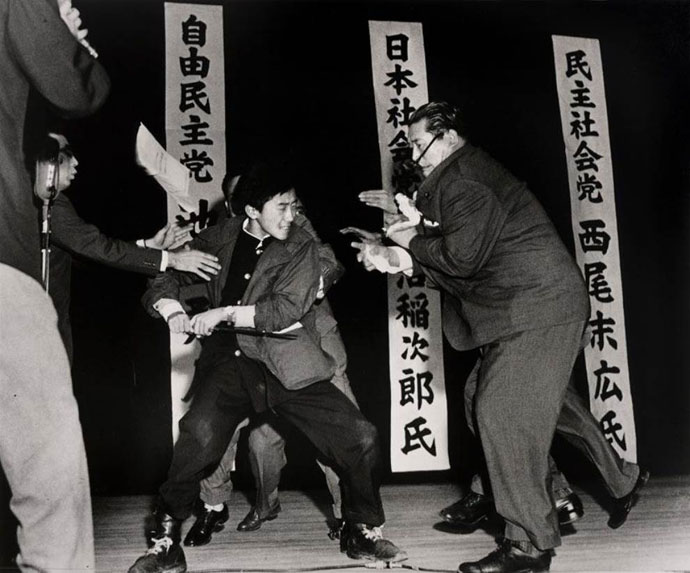
via imgur
Park Chung-Hee, president of South Korea, was killed on Oct. 26, 1979. The murder, which happened in a Korean Central Intelligence Agency (KCIA) safehouse, was carried out by Kim Jae-kyu, director of the KCIA and the president’s security chief. Five others were killed during the attack.
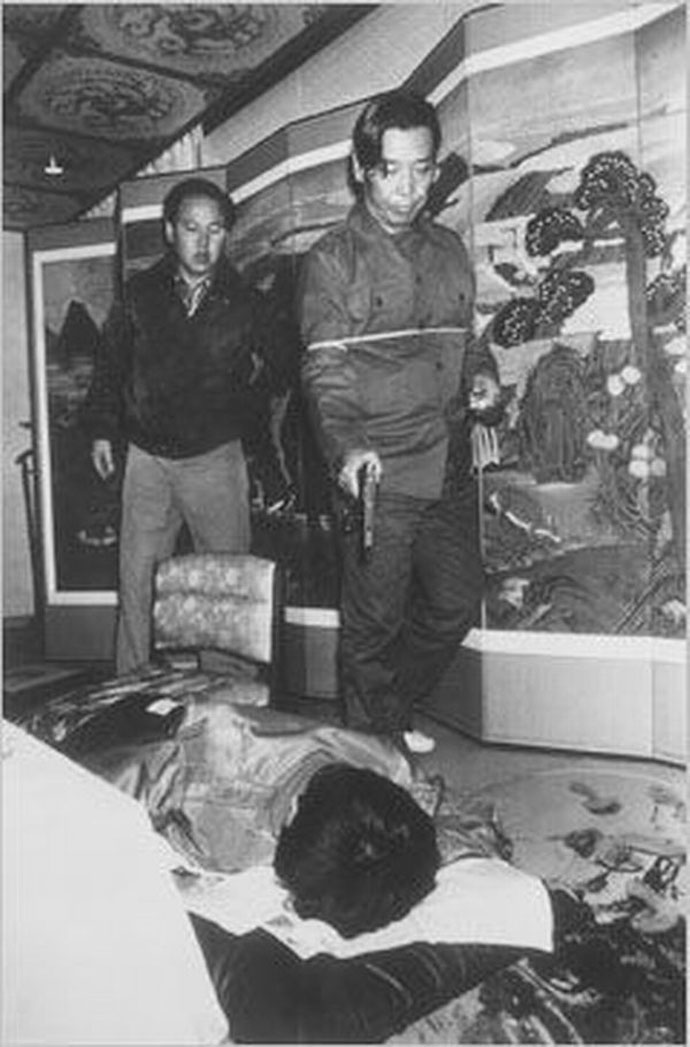
via imgur
Nicolae Ceaușescu, once the communist president of Romania, led a brutal and repressive regime. The regime eventually collapsed, and Ceaușescu and his wife Elena were tried and convicted of mass murder. They were both shot by a firing squad on Dec. 25, 1989.
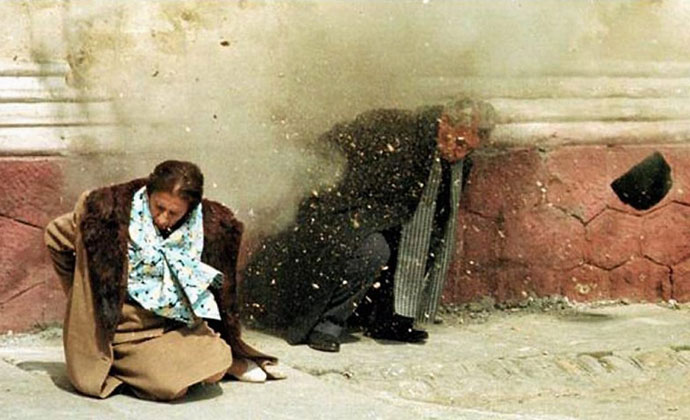
via imgur
Ngô Đình Diệm, the first president of South Vietnam, was an unpopular leader of an autocratic and nepotistic rule. He and his younger brother Nhu were assassinated together on Nov. 2, 1963 during a coup.
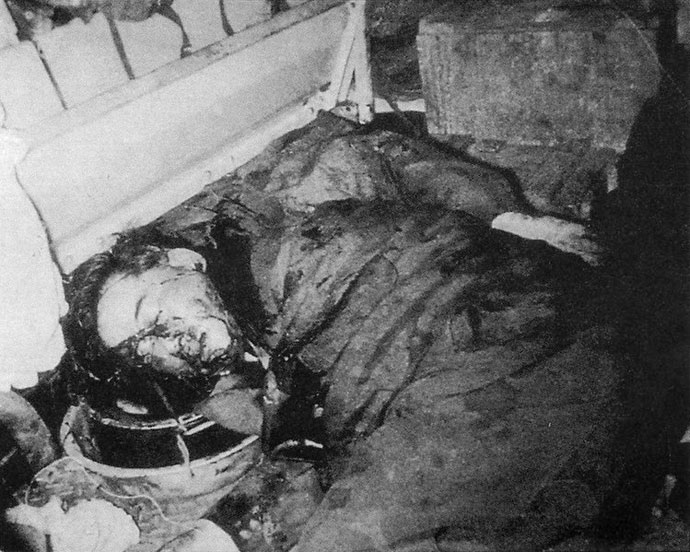
via imgur









































